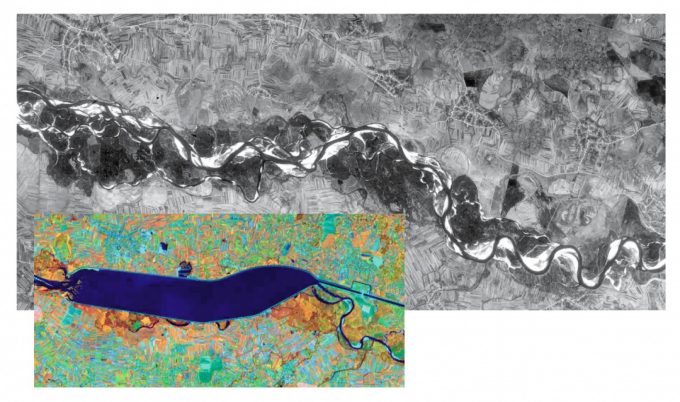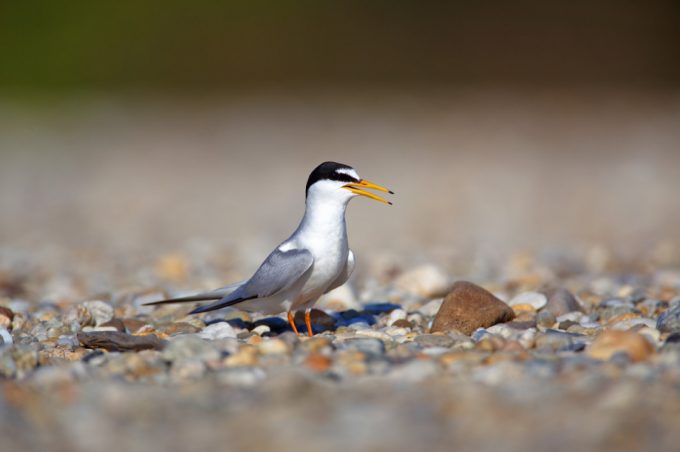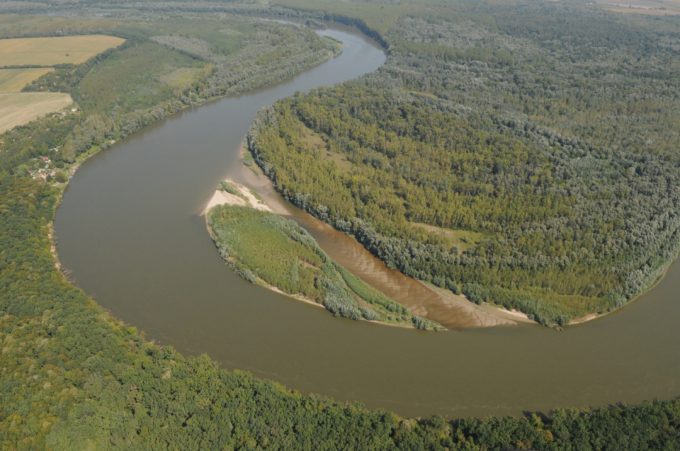News
Juncker’s List: No EU money for Drava dams in Croatia
WWF is delighted to share good news from the Croatian Drava, namely that there will be no funding for nature-destroying hydropower dam projects by the European Fund for Strategic Investments.
What happened?
In January 2015, the Croatian government submitted a list of 75 projects to be considered for the so-called ’Juncker Investment Plan’. According to the European Commission, the plan looks at investing at least 315 billion Euros into new infrastructure projects to increase jobs and economic growth across the EU. Three hydropower dam projects on the Croatian Drava were also amongst the suggested 75 projects. These projects are worrying conservationists, as they pose a huge threat to the Transboundary Biosphere Reserve “Mura-Drava-Danube” (TBR MDD). The planned dams “Molve 1 & 2” and “Osijek” would be situated within the borders of the Croatian-Hungarian part of the Biosphere Reserve, which is also part of the European Natura 2000 network, protected as the Croatian Regional Park “Drava-Mura” and Hungarian National Park Danube-Drava. Therefore, funding for these projects would have been contradictory to the conservation aim of the transboundary area.
Hydropower – a clean source of energy?
Although widely regarded as a clean source of energy, hydropower has enormous impacts on the natural environment.
Furthermore, new dams are considered to be uneconomically, in particular in view of the current situation on the electricity market, so it is even more incomprehensible that the projects were suggested for ’Juncker’s List’ in the first place.
Drava dams would create massive environmental impacts
The three planned projects would dam about 62 kilometres of free-flowing river stretches and destroy around 5600 hectares of valuable European floodplains. They would have a negative impact on drinking water reserves, lowland forests and also nature based tourism and recreation within the area would suffer. Additionally, they would lead to the loss of countless animal species, such as the Little Tern. The undisturbed gravel and sand banks along the Drava are one of the last remaining breeding sites in overall Croatia and in Continental Europe, which the Little Tern heavily relies on.
Last, but not least, projects like these threaten the integrity of the 5-country Transboundary Biosphere Reserve by disconnecting a 380 kilometres free-flowing river course of the Mura-Drava Rivers from Spielfeld (Austria) to the Danube.
Success for the “Amazon of Europe”
The removal of the projects from Juncker’s Investment Plan is therefore not only a great success for nature, but in particular for the realisation of the planned 5-country Biosphere Reserve “Mura-Drava-Danube”. “WWF is relieved about the decision to remove the projects from the Investment Plan, which is a clear signal to finally put a halt on these nature-destroying, unsustainable dam projects”, says Arno Mohl, WWF-Project Leader TBR MDD.
“Also”, he adds, “this gives hope that other dam projects within the TBR MDD, such as ’Hrastje Mota’, which is planned on the Mura River in Slovenia, will be reconsidered and stopped for the sake of Europe’s most important river ecosystems”.


